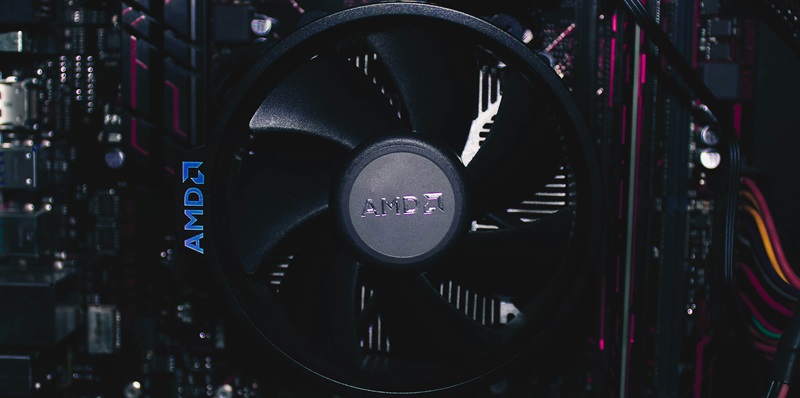Sugon’s latest series of Hygon processors, specifically the Hygon C86-7490, have adopted AMD’s advanced SP5 packaging technology, which was originally designed for high-performance data center processors. This packaging enables support for cutting-edge features like DDR5 memory, marking a significant technological leap for the Chinese company.
SP5 Packaging and DDR5 Memory Integration
Leveraging AMD’s SP5 Packaging for Advanced Memory Support
The integration of AMD’s SP5 packaging in Sugon’s latest Hygon CPUs appears to aim primarily at incorporating DDR5 memory support rather than utilizing AMD’s newer Zen 4 or Zen 5 microarchitectures. This adoption is significant as it combines the cutting-edge with the legacy, marking an innovative approach by Sugon to remain competitive. Manufactured with the help of GlobalFoundries’ silicon dies, these processors display a sophisticated blend of older and newer technologies, addressing both performance optimization and cost-efficiency.
China-specific encryption algorithms are among the notable features of these processors, although these are disabled in AMD-branded products. This suggests an effort to cater to specific market demands while complying with broader legal and regulatory frameworks. The use of AMD’s recent IODs further augments the processors’ capabilities, particularly by integrating advanced memory controllers and interface compatibilities. This positions Sugon as a significant player in the high-performance data center market, capable of competing on a global scale.
Challenges and Voltage Requirements in Hybrid Designs
However, the hybrid approach of coupling legacy Zen chiplets with AMD’s latest IODs could introduce some engineering challenges. One major concern is the differing voltage requirements between these components. The Zen chiplets use a 14nm-class process, while the IODs are built on a more advanced 6nm-class (N6) process. Managing the voltage differences effectively will be crucial to ensure optimal performance and reliability. Despite these challenges, Sugon’s ability to navigate these complexities highlights its engineering prowess and adaptability.
The decision not to adopt AMD’s newer Zen 4 or Zen 5 microarchitectures could be seen as a strategic move to maintain compatibility with existing systems and processes while still offering significant performance enhancements. The support for DDR5 memory alone represents a substantial upgrade, promising faster data transfer rates and improved power efficiency. This, combined with the advanced capabilities of AMD’s IODs, makes the Hygon C86-7490 a noteworthy contender in the field of high-performance processors.
Chinese Server Market Adoption
Emerging Server Configurations and Market Response
A notable point is the emergence of Chinese server manufacturers offering machines based on these Hygon C86-4G processors in 2-way and 4-way configurations, featuring 48 DDR5 memory slots. This suggests that Sugon has successfully coupled the legacy Zen chiplets, made using a 14nm-class process, with AMD’s latest IODs built on a more advanced 6nm-class (N6) process. The availability of such configurations indicates a robust market response, highlighting the demand for powerful and efficient server solutions in China.
These server configurations enable higher memory capacities and faster data processing, making them attractive for data center applications. The integration of DDR5 memory further enhances the performance capabilities, offering significant improvements over previous generations. This positions Sugon to cater to the evolving needs of data centers, which require ever-increasing amounts of memory and faster processing speeds to handle complex workloads. The strategic move to integrate DDR5 memory with legacy chiplets ensures that Sugon can offer competitive solutions without waiting for the development of completely new architectures.
Navigating Geopolitical Tech Restrictions
Sugon has unveiled its latest line of Hygon processors, notably the Hygon C86-7490, which utilize AMD’s cutting-edge SP5 packaging technology. This advanced packaging technology was initially designed for high-performance data center processors and has now been adopted by Sugon to enhance the capabilities of its processors. One of the standout features enabled by this technology is support for DDR5 memory, marking a significant advancement for the Chinese tech company.
The modern IODs are equipped with advanced memory controllers and compatibility with newer interfaces, allowing for improved performance and functionality. This combination of older Zen chiplets and new IODs creates a powerful and versatile processor line that bridges older technologies with new innovations, demonstrating Sugon’s commitment to pushing technological boundaries and enhancing their product offerings for various applications in computing and data centers.

